
Sino-Indian War: Are We Prepared?

As they say ‘War’ is never a solution to a problem as it is a barbaric activity which only results in loss of lives and property/land. Both the parties persecuting war end up with massive economic and social losses as rightly said by John SC Abbott, “War is a science of destruction”. In recent times, these statements have proved prophetic, be it the Afghanistan conflict or the conflicts in Syria and Lebanon or the recent Russian-Ukraine war. Our Prime Minister, Shri Narendra Modi, also echoed these sentiments at a recent G-20 summit when he said, “This is not an era of War”. However, reality is different as today we see an impetus to militarization as most nations have realized that, “the way to seek peace is to prepare for war.”
Adversaries Recognize Power
Adversaries only recognize power and therefore strong militaries the world over are a great deterrence and contribute immensely towards peace and tranquility of a nation. This fact bears testimony that Russia invaded Ukraine because it was militarily stronger; similarly China dared to intrude into Eastern Ladakh, since it believed that India would not respond in an aggressive manner and could easily be contained. This brings us to the most important aspect of analyzing whether we see a future war with China? Will it be fully fledged offensive or do we see skirmishes from time to time? Is the Indian Armed Forces prepared to take on both eventualities i.e. a limited war or a
fully fledged war, or a war over two fronts as being spoken of? Let’s discuss all these three scenarios and the review of the preparedness of the Indian Armed Forces to take on these challenges.
Consequences of an All Out War
At the outset we need to understand that India is not a super power and could be best termed as a medium power with an economy which is just able to manage its internal situation. Credit rating agency Acuite Ratings and Research has revised downward India’s current account deficit to $106 billion in FY23. The Balance of Payment (BoP) deficit is estimated at $38 billion down from $60 billion estimated earlier, Acuite Ratings said. We are still dependent largely on China, wherein, Imports to India from China reached nearly $100 billion for the first time in calendar year 2021, as the import of electrical and electronic goods, particularly smartphones, as well as machinery, fertilisers and specialty chemicals, including active pharmaceutical ingredients (APIs), witnessed a massive surge. Therefore, in spite of rhetoric on account of tensions on the border and the clamor for ban of Chinese goods, the reality is different.
Air Power
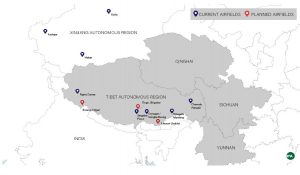
Considering the above economic situation and the linkages involved, a hypothetical war between India and China would be one of the largest and most destructive conflicts in South Asia. A war between the two powers would rock the Indian Ocean region, cause thousands of casualties on both sides and take a significant toll on the economies of the nations in conflict. Geography and demographics would play a unique role, limiting the war’s scope and ultimately the conditions of victory. Like all modern wars, a war between India and China would be fought over land, sea, and air; geography would limit the scope of the land conflict, while it would be the air conflict, fought with both aircraft and missiles that would do the most damage to both countries. The trump card, however, may be India’s unique position to dominate a sea conflict, with dire consequences for the Chinese economy. Notwithstanding what happened in the 1962 conflict between the nations, air power would play a dominant role in case of a conflict now. Both countries have a fairly good air capability in terms of fighters and bombers. China would activate its airfields in Lanzhou and the Changdu military regions. The major disadvantage they have is the lack of military airfields in Tibet, which are being constructed now to make up this capability.
PLA Rocket Force
However to overcome its major disadvantage in the use of air power deep into Indian territory, China has created a PLA Rocket force. The PLARF has nuclear, conventional and dual-use ballistic missiles, and could conceivably move up to two thousand short- and medium-range DF-11, DF-15 and DF-21 ballistic missiles into positions adjacent to India. These missiles could be used to blitz Indian strategic targets on the ground, however this would denude the Chinese capability to strike in areas of South China and East China seas. What then would be the Indian response?
Indian Air force is no pushover in terms of strategic and tactical capabilities. With its arsenal of Rafael, Su-30 Mark 1, MIG-29s , Mirage 2000 and Jaguars would be more than a handful for the PLAAF. These aircrafts would be laced with the state of the art missiles such as Brahmos, Python-5, Kh-59, R-550, ASRAAM, Martel and many more which should take on the air threat. The Akash medium range air defense missile system as well as the S-400 air defense system would be significant to protect the air bases. However, we would need to be wary of the PLA capability in terms of its ballistic and hypersonic missile especially DF-24 which could hit targets across the northern portion of India. We would need to bolster our ballistic missile defense capability as well as counter strike capability on the PLA missile launchers which could primarily be based at Xinjiang and Tibet.
The Ground Offensive
Having a look at the ground offensive action would probably give the Indian Army some confidence. The Western and Eastern theaters have primarily a mountainous terrain where in most areas mechanized operations would be limited. This would somewhat negate the technological superiority the PLA enjoys over the Indian Armed Forces. In case of an all out war, it is unlikely the PLA could achieve much as success in some areas would get compensated by losses in other areas. The recent skirmish at Yangtze is a pointer. Therefore, in all probability the PLA will not seek an all out war with India. It would be best limited to certain areas where both sides would like to capture dominating heights in order to influence future operations. PLA occupation of Galwan heights and dominance of areas in Depsang and Demchok is an indicator.
Maritime Domain Analysis
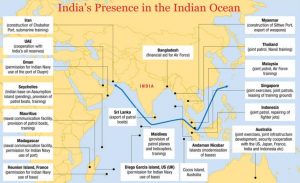
The area where the PLA could make a decisive move would be in the Indian Ocean. We need to be wary of this probability as most military thinkers tend to focus on land and air warfare. China understands that the domination of Indian Ocean by the Indian Navy would seriously jeopardize its shipping and trade routes and force it to divert its ships towards the Western Pacific Ocean. There are visible choke points like Malacca Straits which could be exploited. Therefore in recent times we have seen the PLAN moving its nuclear submarines and warships into the Indian Ocean to get a first hand feel of a likely war situation. It is given to understand that China’s strategic petroleum reserves would last up to seventy-seven days and thereafter they could face an acute fuel shortage. This aspect would need to be deliberated upon in detail.
India would also rely heavily on its allies such as USA, Russia, Japan, France, and Israel to supplement its war efforts in terms of military hardware, logistics, surveillance, communication and cyber support.
Assessment of Operational Preparedness of Indian Armed Forces
It would therefore now be in order to assess our operational preparedness. Unlike China which has set up its defense manufacturing base in its own country, India has a long way to go. The Chinese have heavily invested in its civil-military fusion and reaping its benefits now. Conversely, India has had to rely on foreign suppliers for advanced equipment, and its domestic industries have not been able to produce the type of equipment in the numbers needed to rival China.

The Indian Armed Forces is rapidly modernizing now. It has a combination of legacy and modern equipment. The need of the hour is to infuse technology and up gradations in what is there. AK-203 and SIG 716 assault rifles have started to replace the INSAS rifle. Sniper rifles such as Barret M95 and Scorpio TGT are being procured. India is rapidly upgrading its defense capabilities with 93 military modernization projects worth $18.4 billion currently in progress, according to a report by The Times of India. Some of the ongoing projects focus on longer-range weapons, multi-purpose drones, night-fighting capabilities, disruptive technologies, and early warning and detection systems.
As part of this initiative, the Indian military will soon induct high-volume firepower that includes a mix of artillery guns, upgraded Pinaka rocket regiments, longer-range BrahMos supersonic cruise missiles, and loitering munitions. The country could also have runway-independent unmanned aircraft systems and enhanced surveillance and weapon-locating capabilities once the projects are complete. The military has already inducted 110 of 145 M-777 ultra-light howitzers ordered from the US, with the rest to be delivered over the next five months.
The Indian government is also expected to order 200 new K-9 Vajra (Thunder) 155-millimeter self-propelled howitzers for $1.5 billion under a joint project with Larsen & Toubro and South Korea’s Hanwha Defence. In addition to rifles and self-propelled howitzers, the country plans to acquire “future-ready mechanized platforms” with advanced weapons, enhanced night-fighting and cross-country capabilities to survive deserts and mountainous terrain.
Around 1,750 of these futuristic infantry combat vehicles and 1,770 advanced main-battle tanks will be acquired, the Indian Army (IA) raised a Request For Information (RFI) for approximately 350 light tanks of up to 25 tonnes—air-transportable and preferably amphibious, with a modern gun capable of firing shells and a missile to defeat AFVs, and with a crew of two or three personnel. In June 2021, the IA raised another RFI for a Future-Ready Combat Vehicle (FRCV), seeking a “state of the art technology enabled” MBT (a specific figure of 1,770 tanks was mentioned), to be inducted by 2030.
Are we Future Ready
An analysis of all these acquisitions clearly indicates how the Indian Armed Forces intends to prepare itself for a future war. There is a great deal of focus on light and mobile platforms as well as drones both in offensive and defensive roles. Logistics has been given a major push with the Border Roads Organization been given a hiked budget of Rs 3500 cr in FY 2022-23. A total of 102 bridges and Roads were recently dedicated to the Nation in the border districts of J&K, Ladakh, Himachal, Uttarakhand, Sikkim, Punjab and Rajasthan. The Indian Govt has realized that capability needs to be matched by intent. There seems to be sunshine at the end of the tunnel. Let’s join together in making our Nation strong.
Disclaimer
The opinions expressed in this article are the author’s own and do not reflect the views of Chanakya Forum. All information provided in this article including timeliness, completeness, accuracy, suitability or validity of information referenced therein, is the sole responsibility of the author. www.chanakyaforum.com does not assume any responsibility for the same.
Chanakya Forum is now on . Click here to join our channel (@ChanakyaForum) and stay updated with the latest headlines and articles.
Important
We work round the clock to bring you the finest articles and updates from around the world. There is a team that works tirelessly to ensure that you have a seamless reading experience. But all this costs money. Please support us so that we keep doing what we do best. Happy Reading
Support Us



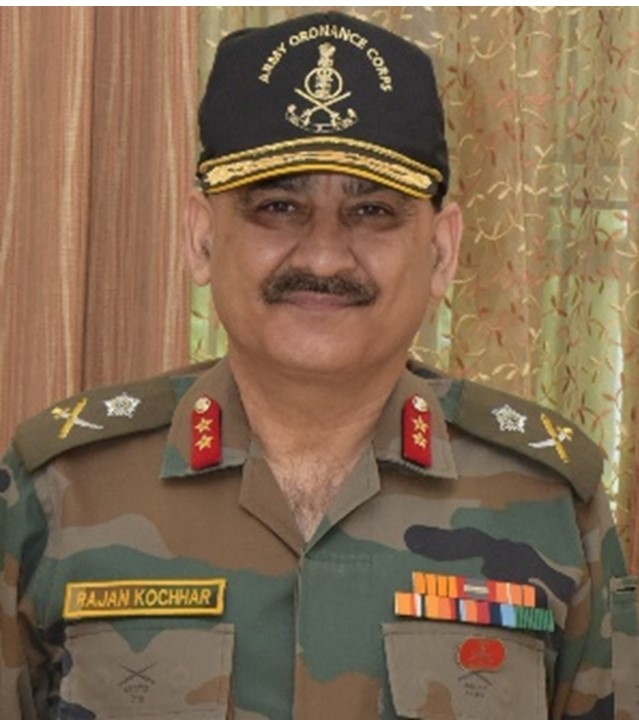

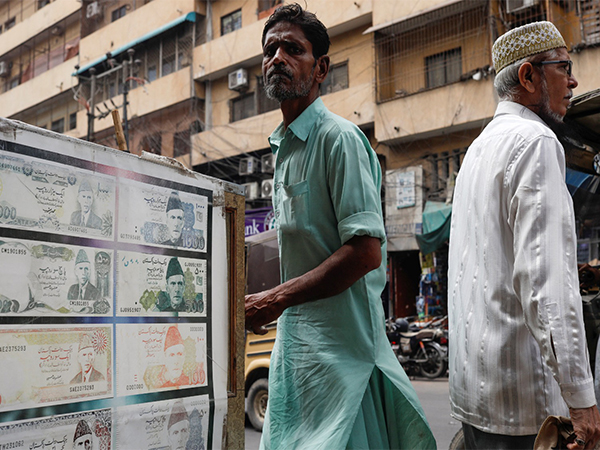
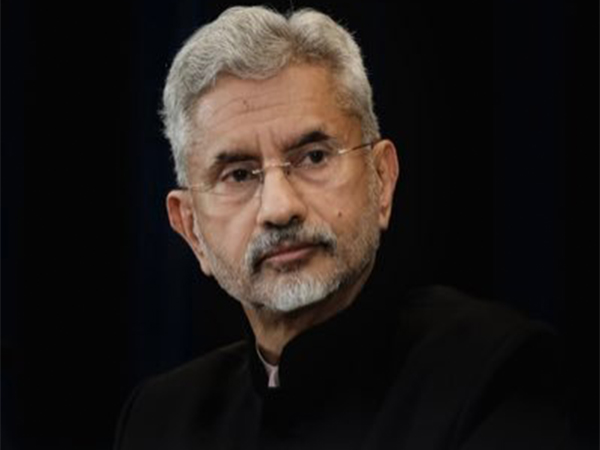
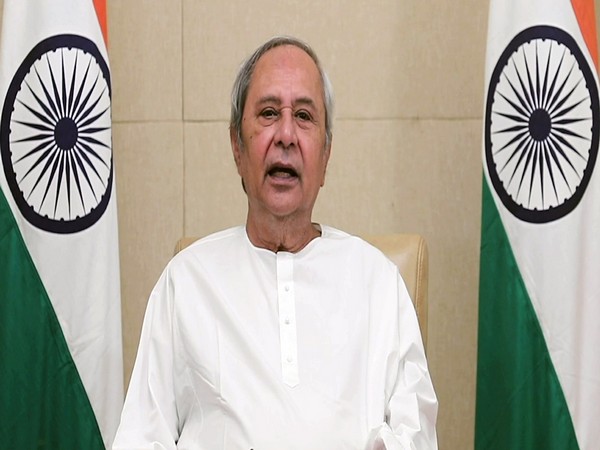
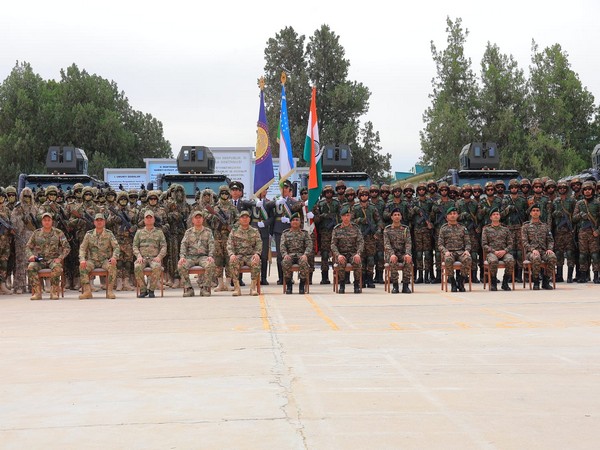

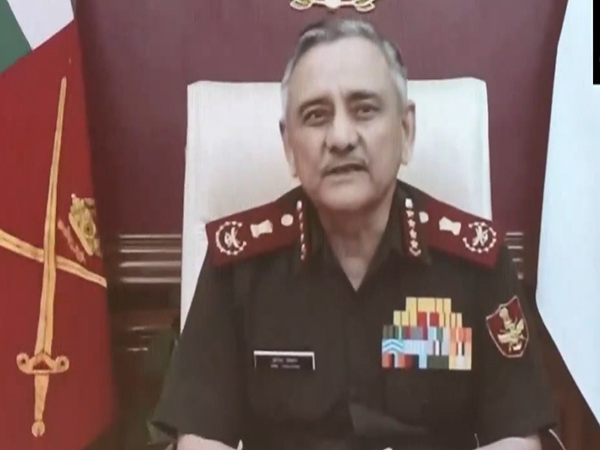

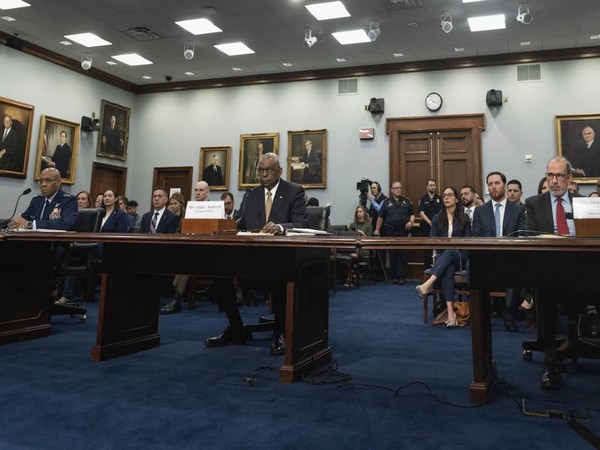
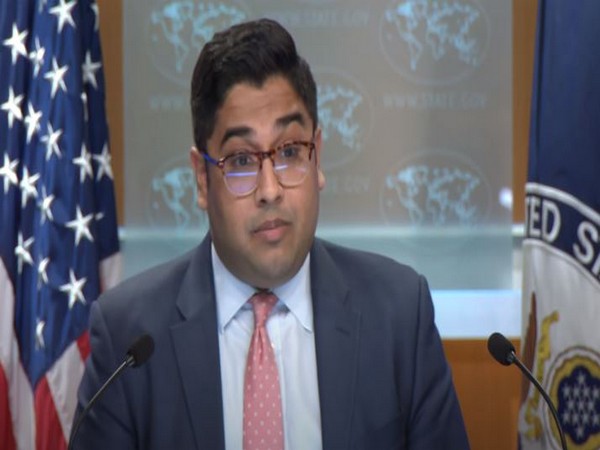







POST COMMENTS (1)
Kalidan Singh